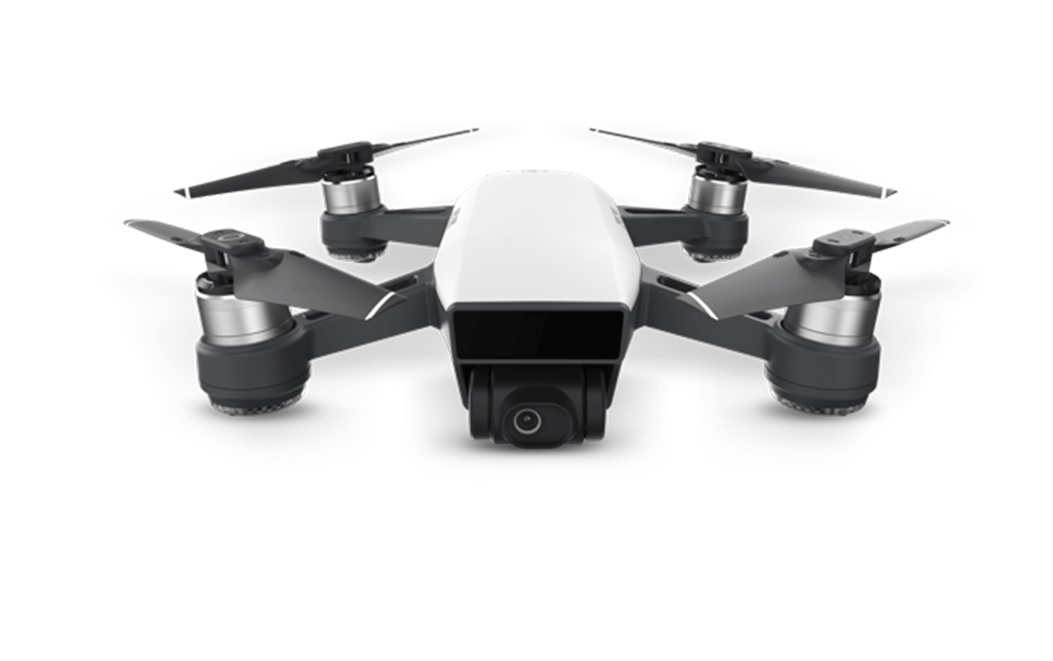
A Regulation to Protect Officials with Illegally Acquired Fortunes?
The Director of the Center for Investigative Journalism, Cornelia Cozonac, believes that, in general, a regulation on the use of drones is needed, but it has to ensure the protection and safety of people and the observance of human rights. The journalist believes, though, that the CAA regulation is more of a shield meant to protect officials with integrity issues, hindering, thus, the work of journalists. ‘What the Moldovan authorities are trying to do goes against journalists’ activity, affecting particularly the investigation journalists who have shown, in the recent years, officials’ real estate that was often acquired abusively, which they filmed using drones. This made the officials unhappy, and now they try to protect themselves via this regulation.’ communicated Cornelia Cozonac to Media-azi.md
She continued to argue that mass-media staff should enjoy greater freedom in using the drones.
Several Uncertainties
In his turn, Nicolae Cuschevici, journalist at the Association of Investigative Reporters and Editorial Security (RISE Moldova), came up with a number of objections against the said regulation. He believes that there are several unclear, general and ambiguous aspects in the draft. ‘For instance, the pilotless aircrafts shall be prohibited... at a distance less than 250 m (in all directions) from any type of vehicles [Do bicycles and carriages fall under this provision? Also, why 250 m and not 300 or, for instance, 200?!]; constructions [Is a straw hut a construction too?! How about a discarded train wagon on the bank of a lake?!]; third parties [In relation to whom?!]; residential buildings [Are they not constructions?!]; infrastructure facilities [Not even the public sewerage system?!]. The regulation says it shall be prohibited to fly pilotless aircrafts... above inhabited areas from settlements [What about flying them over the uninhabited ones? Also, who and how is it decided whether they are inhabited or not?! There are differences between what the census shows and what there actually is...] or above crowds of people (more than five people) [What if there are 5 people working the land?!]’ Cuschevici kept wondering.
Ten Days to Get an Approval?
Nicolae Cuschevici critised the draft too because it provided that the said public authority should endorse practically any drone footage. This procedure, as proposed, is to take ten days. ‘To put it in other words, if I’d want to make a drone footage of an official’s house or of some any other area, I would have to file an application in this regard in which I’d have to mention – to disclose, actually – what I intend to film exactly, then I’d have to wait for ten days for an answer and only if the CAA agrees, I could go and shoot. Considering our realities, this is the same as announcing out loud: Hey, Mr./Mrs. X, I am going to be filming your illegal mine ten days from now!’ said Cuschevici.
The journalist argues that this provision is confusing also because in journalism you cannot plan everything ahead of time and there are often unpredictable events, such as the demolition of a historic monument, floods, accidents, etc. ‘The CAA did not want to or it rather preferred to disregard that the press is there for public interest. Restrictive provisions, such as the aforementioned, limit access to information since, in certain cases, only a site overview from above can show us what a particular place really looks like or it can give us visual access to areas to which terrestrial access was abusively hindered’, added Nicolae Cuschevici.
Unjustifiable Restrictions
The investigation journalist believes that the said regulation prohibits filming virtually any place that would be of interest for a journalist, unless approved by the CAA, because public interest information is particularly linked to people and settlements.
Still regarding restrictions: ‘Flying pilotless aircrafts shall be prohibited... if the pilotless aircraft cannot be seen. The general recommendations say, indeed, that visual contact with the drone should be maintained and it is normal for any drone operator to do it, but many things could happen. What is more, the state-of-the-art drones can be set to return to the home point, if necessary. Therefore, it is not clear what was the reason that led to this explicitly restrictive provision.’ said Nicolae Cuschevici.
Drones... Will They Turn into Decorations?
Nicolae Cuschevici is skeptical about whether the journalists will be able to use the drones appropriately and completely if the draft regulation is passed by the CAA in its current wording. ‘In real terms, the drones will practically turn into decorations in the editorial offices of Moldova (I guess this is what they actually wanted to achieve by that draft). Most of the times, the drones are used in ad-hoc settings, depending on the event or on the weather and I wonder whether there’ll be any point in using them at all considering that even 10 days can be long enough for a public interest situation to be gotten over with. Besides, time will be wasted on getting approvals and making shooting appointments that you’re not afraid to disclose ahead of time to some of our officials’, the journalist said.
Note that the draft regulation is currently still subject to public consultations.










